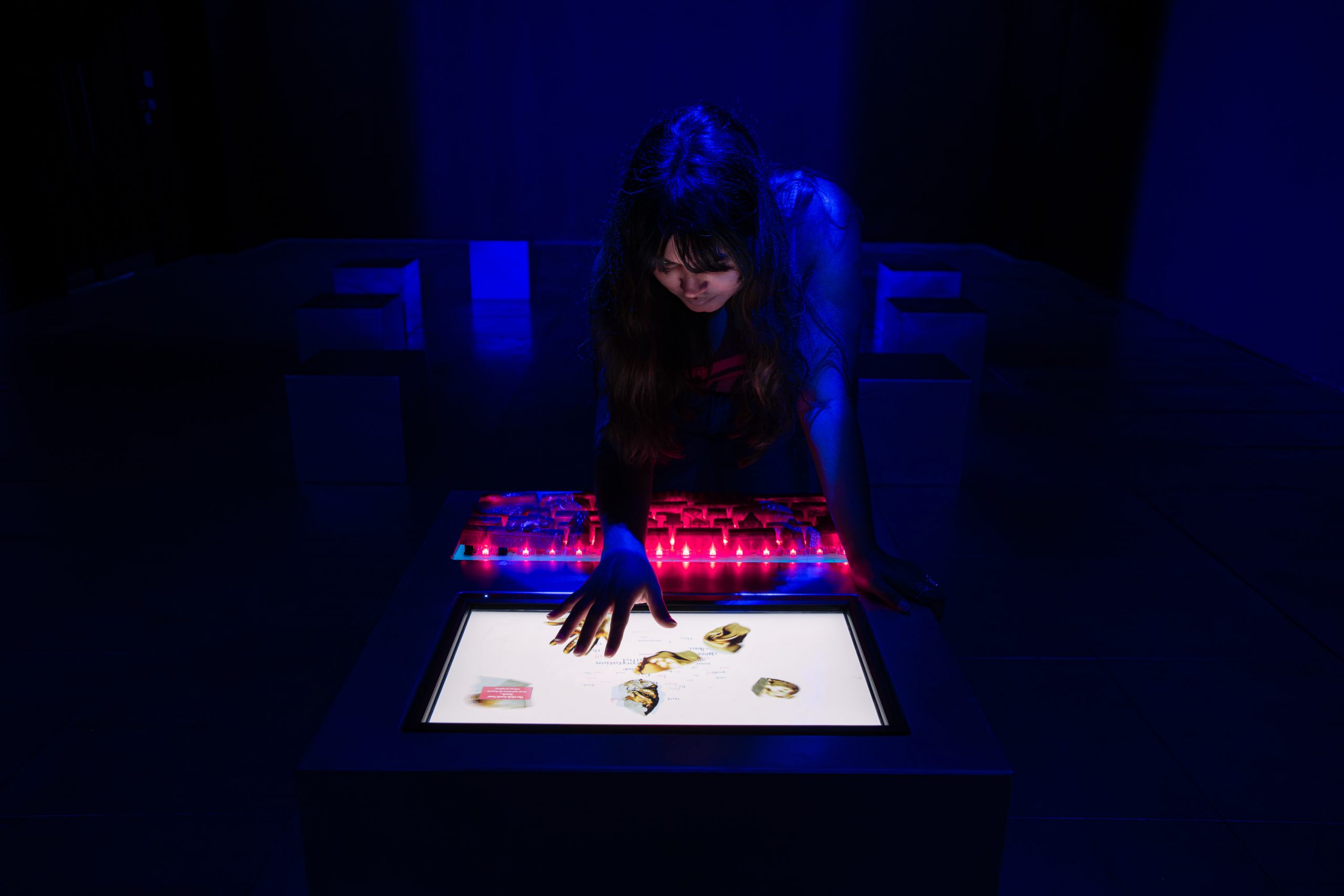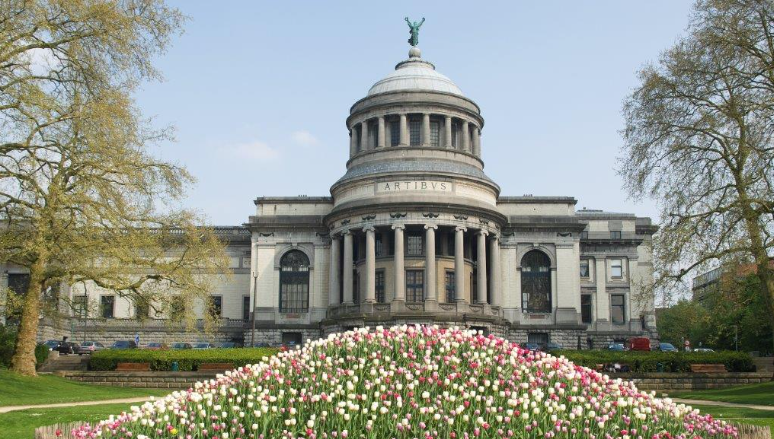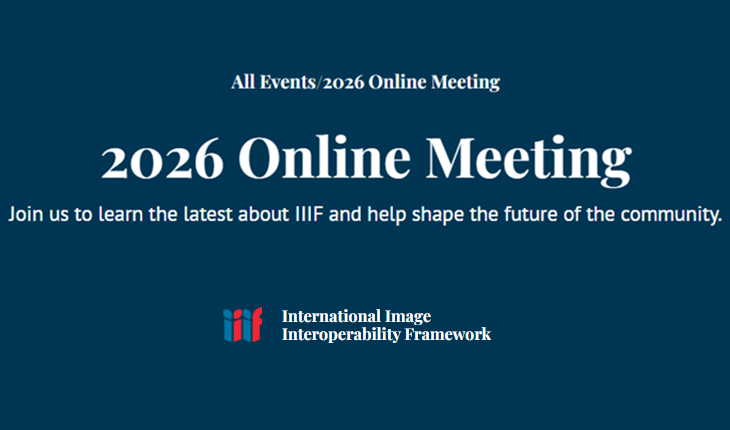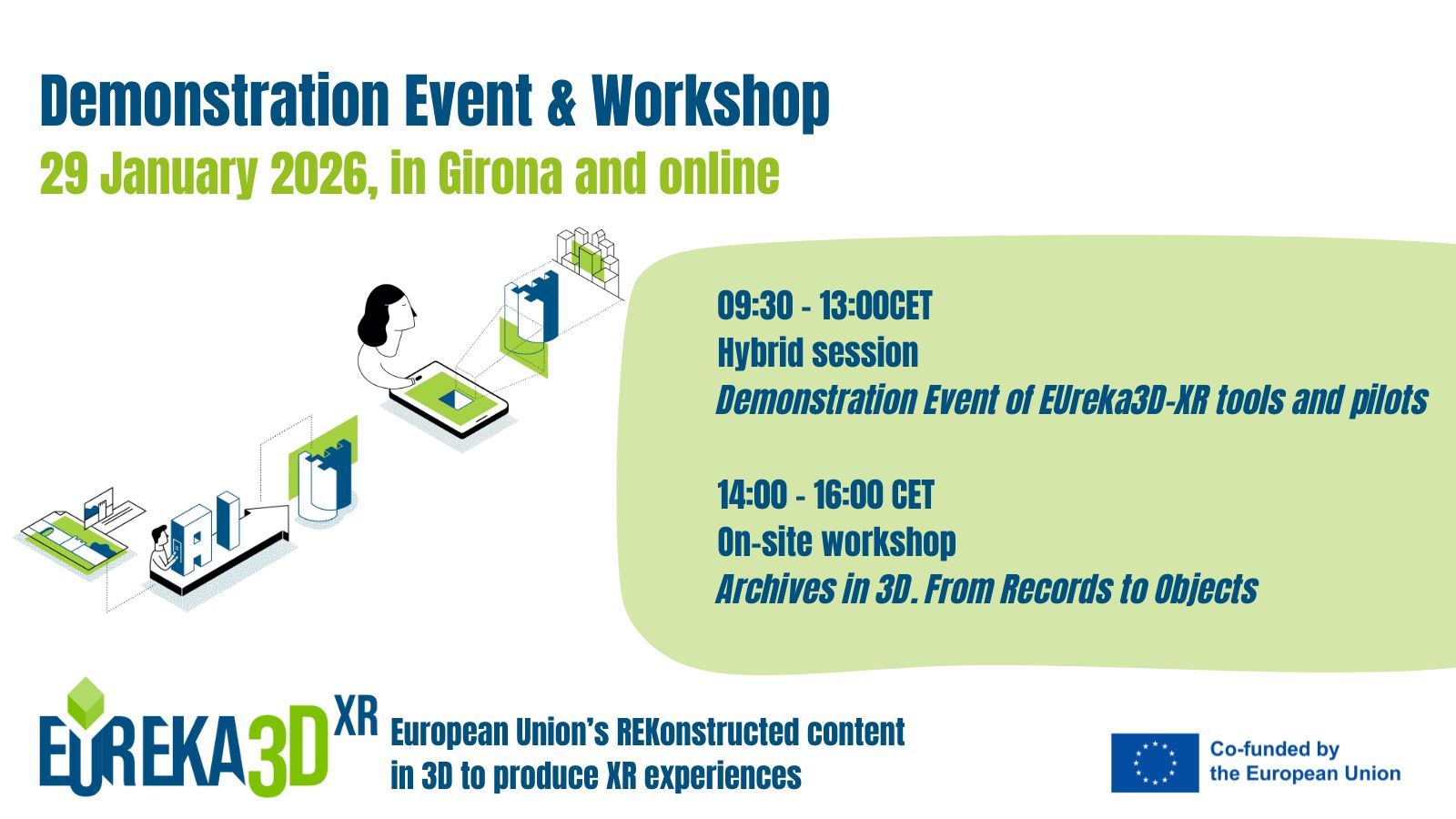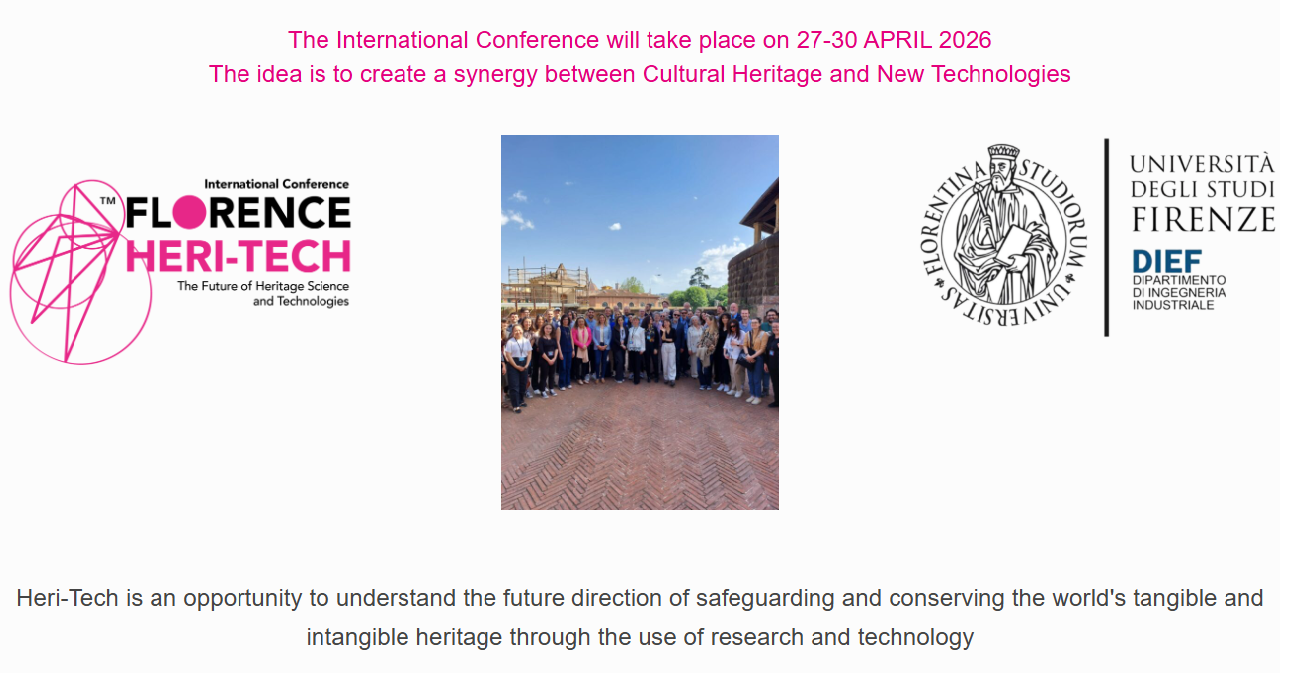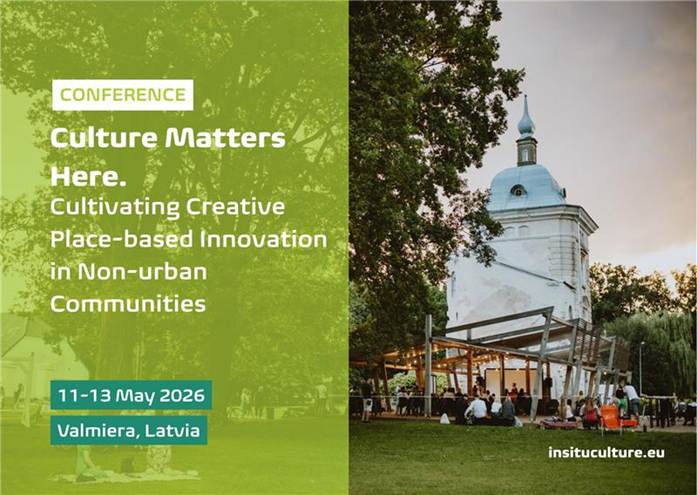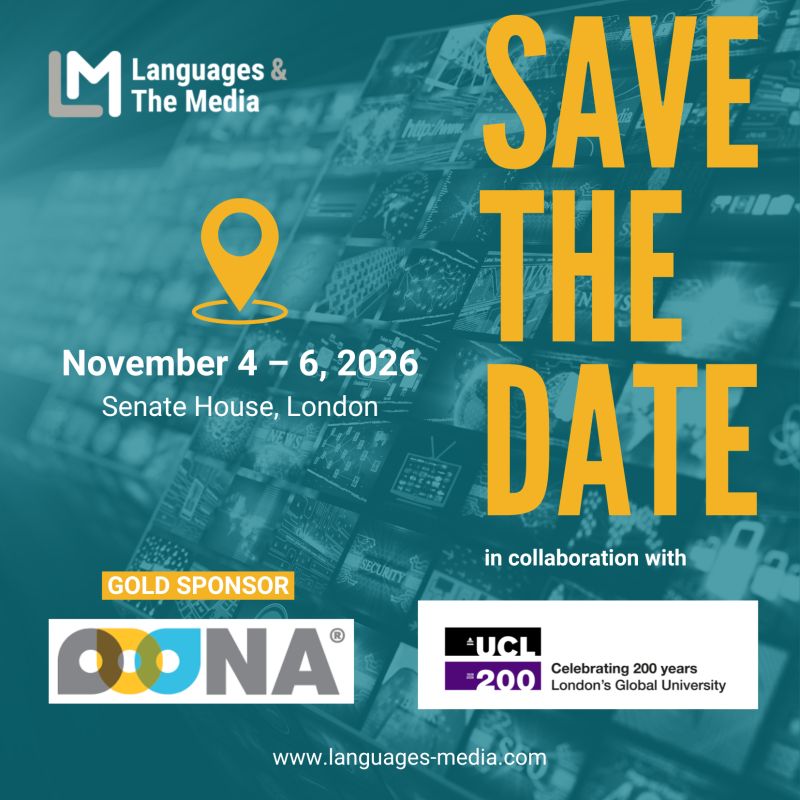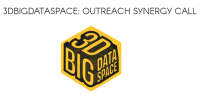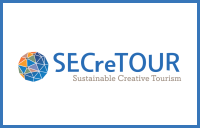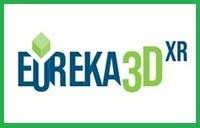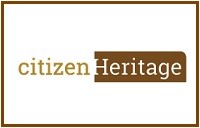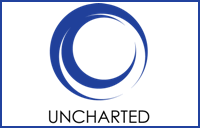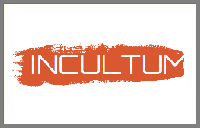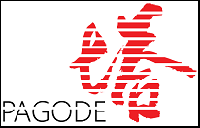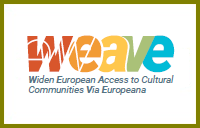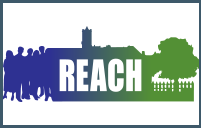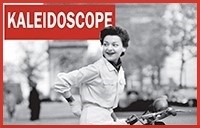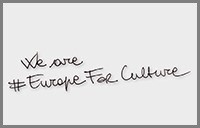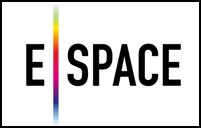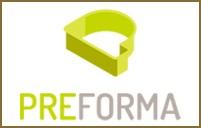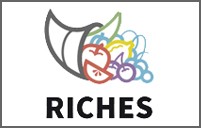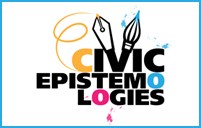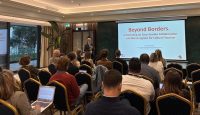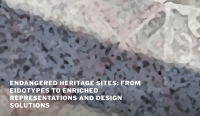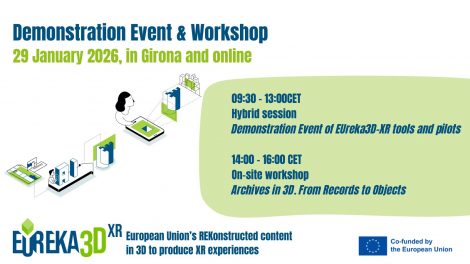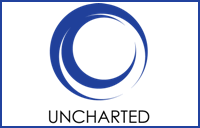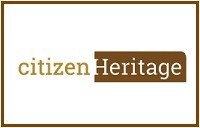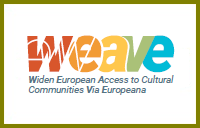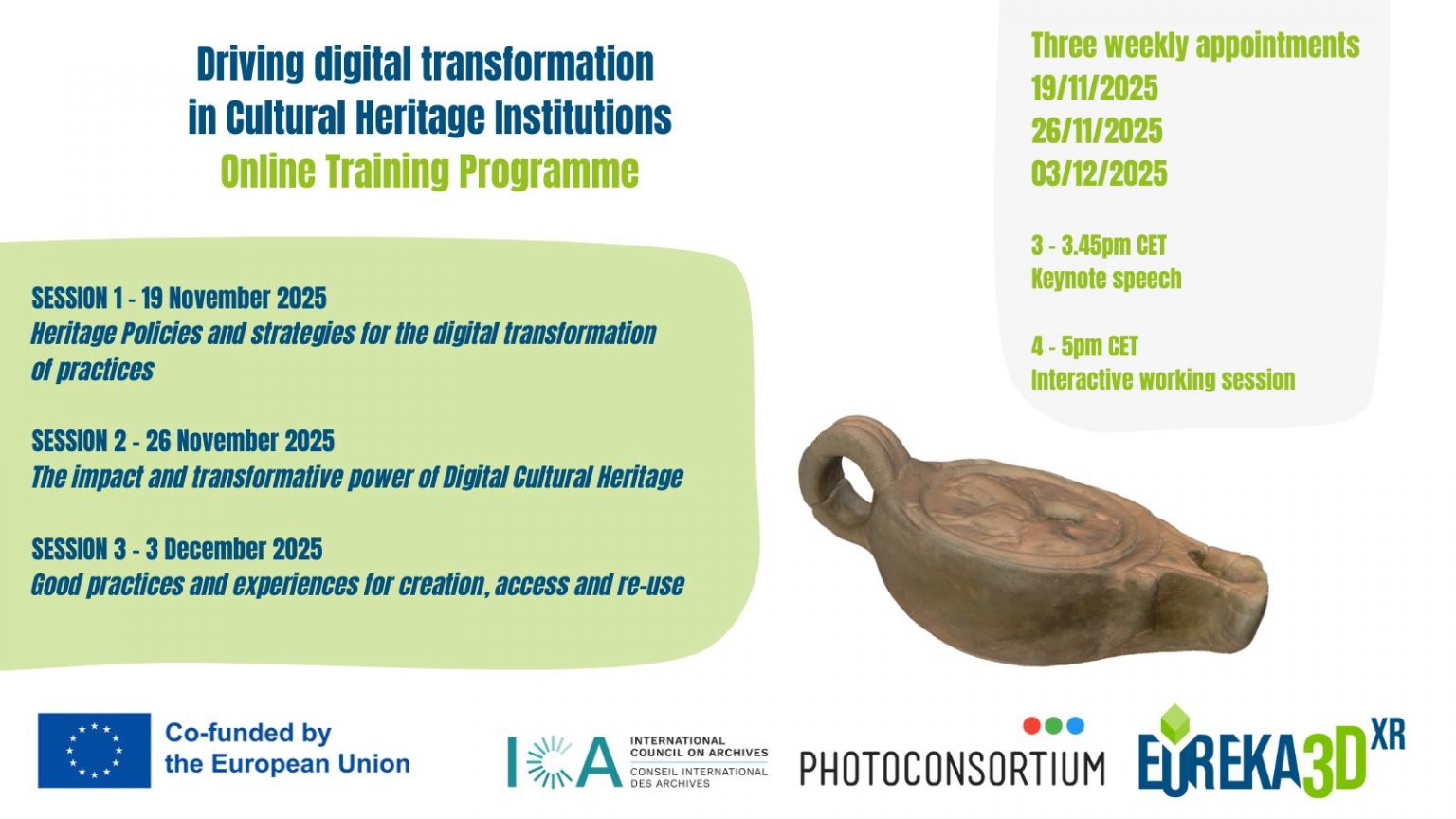
After three appointments, open keynote speeches and interactive working sessions where 30 learners were selected to join the full programme, the 2025 Online Training Programme “Driving Digital Transformation in Cultural Heritage Institutions” (organized by EUreka3D‑XR Project in collaboration with the International Council on Archives (ICA) and Photoconsortium), came to an end.
The event was a great success, with over 80 participants in every session and plenty of views on the Youtube livestreams, that are still available (links below) for those who want to dive back into the or fully immerse themselves for the first time to further inspire and support continued learning and reflection around the topic. Moreover, the participants to the interactive part hosted by Peter Fornaro (University of Basel) had a productive and fruitful session, and will receive a certificate for their activity.
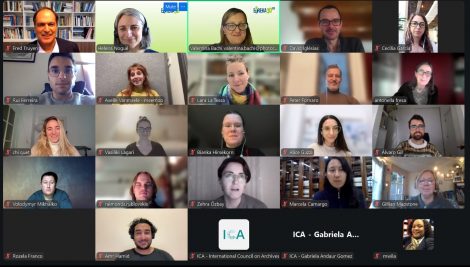
Programme and livestreams
Wednesday, 19 Nov 2025 h. 15:00–17:00 CET
“Heritage Policies and Strategies for the Digital Transformation of Practices”
Keynote by Antonella Fresa – The session will explore European policies, strategic visions and infrastructures underlying digital cultural heritage
Live streaming: https://www.youtube.com/watch?v=r_f3GCcFGKI
Wednesday, 26 Nov 2025 h. 15:00–17:00 CET
“The Impact and Transformative Power of Digital Cultural Heritage”
Keynotes by Fred Truyen (KU Leuven) & David Iglésias Franch (CRDI – Ajuntament de Girona) – Focus on case-studies and the practical and societal implications of digital heritage innovation
Live streaming: https://www.youtube.com/watch?v=BhqL4n2GvJ0
Wednesday, 3 Dec 2025 h. 15:00–17:00 CET
“Good Practices and Experiences for Creation, Access and Re-use”
Keynotes by Frederik Temmermans (VUB – imec) & Eirini Kaldeli (NTUA) – A co-creation interactive session based on use-case scenarios for creation, access and re-use of cultural assets
Live streaming: https://www.youtube.com/watch?v=ObuhHUDxzVk
About the Programme
The 2025 Online Training Programme builds on the previous webinar series organised in 2023–2024 and seeks to provide cultural heritage professionals with advanced knowledge and applied methodologies in digital transformation.
Through this initiative ICA, EUreka3D-XR and Photoconsortium aim to support heritage institutions in addressing policy implications, strategic frameworks, practice-based innovation and reuse of digital cultural heritage.


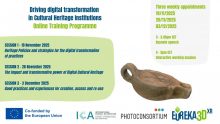
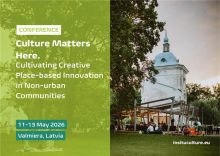
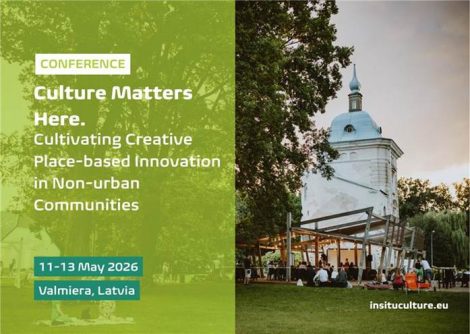
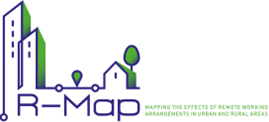
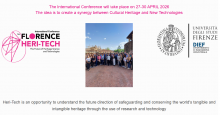
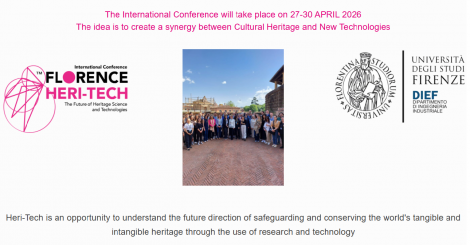
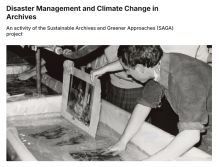
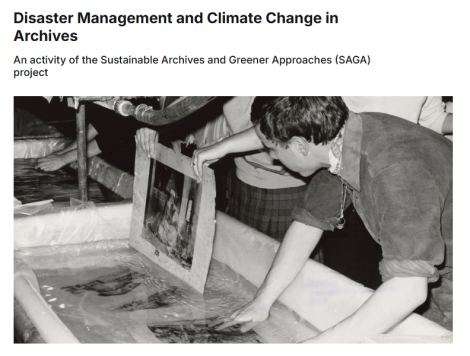
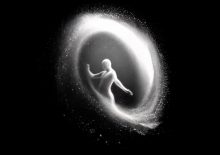
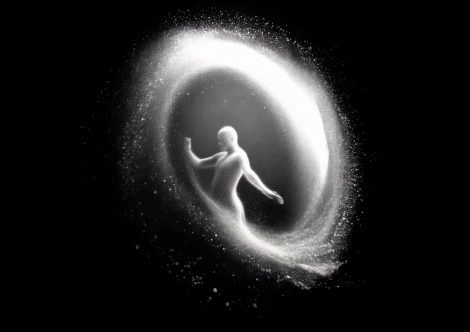
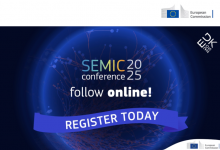
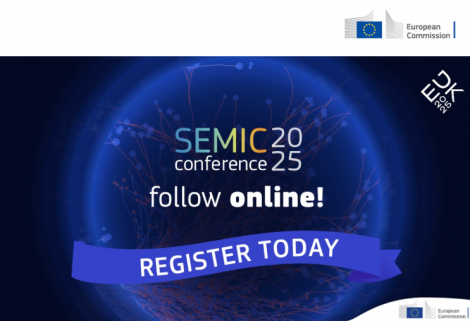


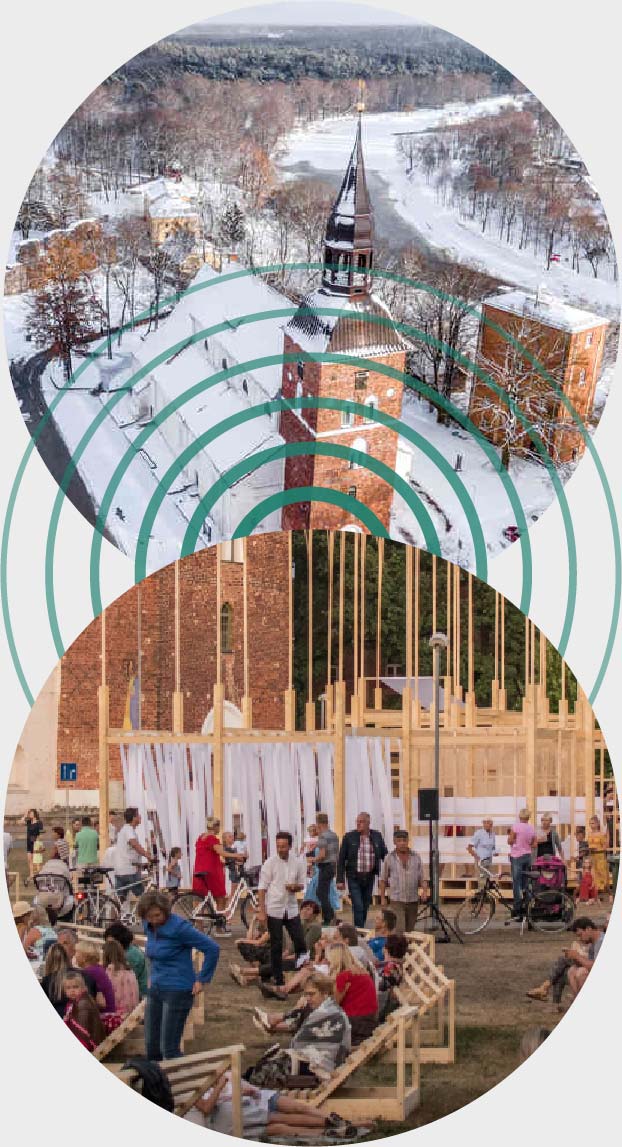

 The common European data space for cultural heritage is developing training resources on various themes, to support cultural institutions in building capacity for the new challenges they are facing in innovating and modernizing their workflows in the digital realm.
The common European data space for cultural heritage is developing training resources on various themes, to support cultural institutions in building capacity for the new challenges they are facing in innovating and modernizing their workflows in the digital realm. 